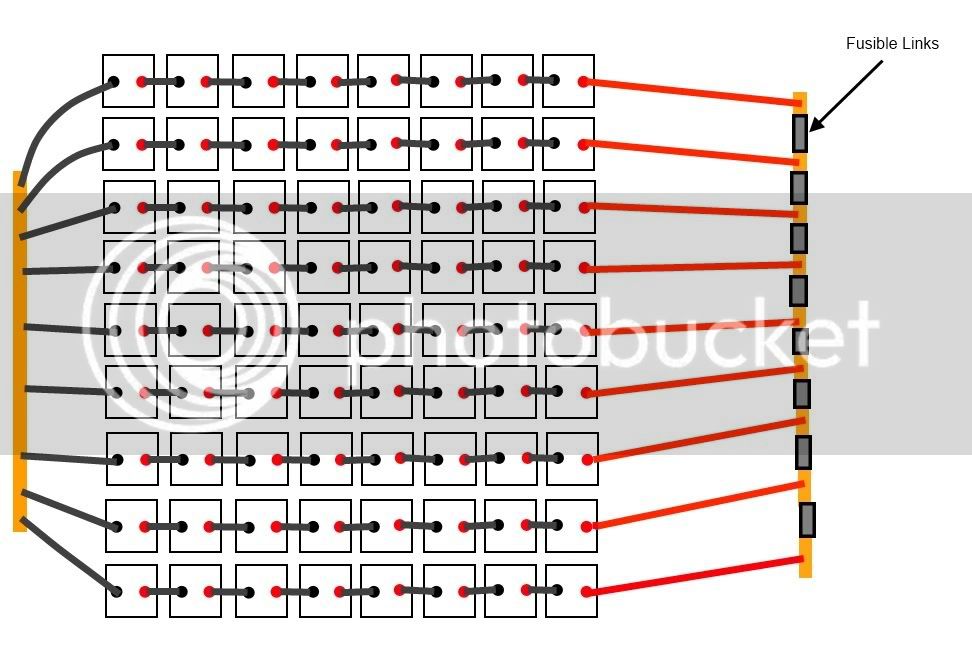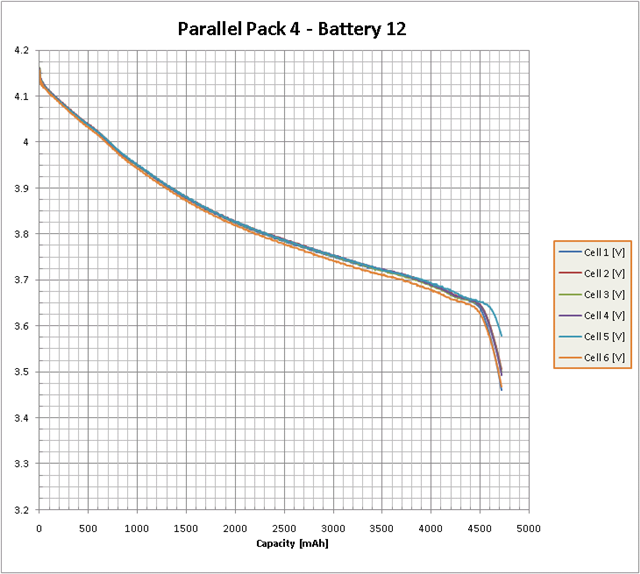Xrain
100 W
We are currently in the process of creating a electric snowmobile, for a SAE (Society of Automotive Engineers) Zero-emissions competition.
We are limited to 8 kWh pack size.
The current battery pack we are using consists of Headway liPO4 in a 6P setup, with 144V total.
Our motor is a Warp series (7-9 cant remember off the top of my head)
The snowmachine is based off of a 2006 300cc Ski-doo tundra.
The issue is, the way we built our battery pack come to find out is against the rules of the competition.
So we have to tear down our packs and re-assemble them differently in order to make them legal.
But since we already have to tear them down, we are considering other options for batteries since its going to be a lot of work no matter what we do.
We have $4000 via a grant available specifically for buying more batteries, but at this point we haven't found any better alternatives as of yet that fits in our price range.
Do any of your have some advice for some new batteries?
- The battery will only really be used a few times for the competition, and a couple show-off events so life isn't that important of an issue, but it would be nice if it lasted a relatively long time. Since we hope to reuse the pack in future competitions
- High C rate is very importance since two of the events in the competition are an acceleration event, as well as a Draw Bar Pull.
- Light weight is probably the most important of all since the assembled machine as is weighs 550lbs, and we are suffering from it flattening out our suspension.
- We have a actual battery welder to connect our batteries together, as well as plenty of nickel strips.
- We are willing to work with just about any battery technology, but we do have to pass a safety inspection, so if we can avoid liPo's it would make everything easier.
We are on a short time limit since we have to ship the machine down to the competition in the first week of march, so if the packs came pre-assembled we wouldn't mind.
I was quite excited today, since we took it out on its maiden voyage today through some powder and it worked amazingly, but sad because we have to tear apart our batteries.
I am interested in any advice you guys have on the matter, since this place seems to be teeming with electric vehicle knowledge.
Feel free to ask any questions.
(PS: If you feel like sponsoring us a battery pack at a discount, we are a Tax deductible non-profit organization 8) )
We are limited to 8 kWh pack size.
The current battery pack we are using consists of Headway liPO4 in a 6P setup, with 144V total.
Our motor is a Warp series (7-9 cant remember off the top of my head)
The snowmachine is based off of a 2006 300cc Ski-doo tundra.
The issue is, the way we built our battery pack come to find out is against the rules of the competition.
So we have to tear down our packs and re-assemble them differently in order to make them legal.
But since we already have to tear them down, we are considering other options for batteries since its going to be a lot of work no matter what we do.
We have $4000 via a grant available specifically for buying more batteries, but at this point we haven't found any better alternatives as of yet that fits in our price range.
Do any of your have some advice for some new batteries?
- The battery will only really be used a few times for the competition, and a couple show-off events so life isn't that important of an issue, but it would be nice if it lasted a relatively long time. Since we hope to reuse the pack in future competitions
- High C rate is very importance since two of the events in the competition are an acceleration event, as well as a Draw Bar Pull.
- Light weight is probably the most important of all since the assembled machine as is weighs 550lbs, and we are suffering from it flattening out our suspension.
- We have a actual battery welder to connect our batteries together, as well as plenty of nickel strips.
- We are willing to work with just about any battery technology, but we do have to pass a safety inspection, so if we can avoid liPo's it would make everything easier.
We are on a short time limit since we have to ship the machine down to the competition in the first week of march, so if the packs came pre-assembled we wouldn't mind.
I was quite excited today, since we took it out on its maiden voyage today through some powder and it worked amazingly, but sad because we have to tear apart our batteries.
I am interested in any advice you guys have on the matter, since this place seems to be teeming with electric vehicle knowledge.
Feel free to ask any questions.
(PS: If you feel like sponsoring us a battery pack at a discount, we are a Tax deductible non-profit organization 8) )



